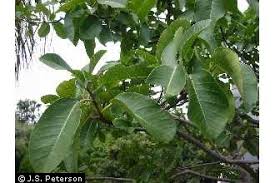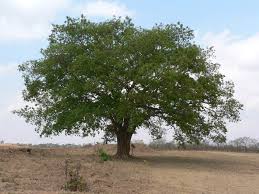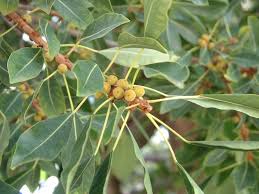Ficus thonningii Blume
| Botanical Name | Ficus thonningii Blume |
| Order: | Rosales |
| Family: | Moraceae |
| Genus: | Ficus |
| Species: | F. thonningii |
| Common Names: | Blume |
Plant Synonyms
Ficus burkei Ficus microcarpa Vahl., Ficus petersii
Plant Local Names
Afrikaans (gewone wurgvy); Arabic (jammeiz al abiad); English (strangler
fig,common wild fig,bark-cloth fig); French (India-laurel fig); Fula (bikeshi);
Hausa (chediya); Shona (gerina); Spanish (Laurel,álamo jagüey,Arbol de
Washington); Swahili (mtschamwa,mrumbapori); Tigrigna (shibaka);
Yoruba (odan); Zulu (umBombe)
Plant Habitat
Plant Material of Interest
Plant Description
Trees are up to 21m high with a dense crown. Bark is smooth, pale brown or grey; when slashed, it exudes copious white latex often turning pinkish. Twig and young foliage are glabrous, or occasionally the twigs shortly. Stipules are about 12mm long soon falling off. Leaves 5- 20cm long by 2.5- 10cm broad, elliptic to obovate, sometimes rather elongated and slightly oblanceolate; rounded or acute at the apex or very shortly acuminate with (usually) a blunt tip; cuneate to rounded at the base, which is sometimes slightly unsymmetrical, or very slightly cordate; thin and papery or slightly leathery, usually dark green and glossy above, glabrous; with 6- 12 pairs of upcurving main lateral nerves; stalk rather slender, 1- 7.5cm. Fruits (September- October; February- April.) The fruits are solitary or in pairs in the leaf- axils, densely crowded along the branchlets; fig stalkless or with stalks up to 1cm long larger, glabrous, slightly hairy or velvety, sometimes with a marked surface (Keay, 1989)
Plant Used Parts
Plant Uses
i. It is planted as a live fence with the intention of using the leaves as green manure for the producing shade or for fodder.
ii. The bark decoction is used in the treatment of cold, sore throat, diarrhea, wounds and to stimulate lactation. The covering is used as a bark cloth.
iii. The tree is used for ceremonial and sacred purposes. Also leaf decoction used in the remedy against typhoid and malaria.
iv. The fresh leaves are used to treat dysentery and sprain
v. The leaves are used to treat jaundice and helminthes (Ogbochukwu, 2005)
Plant Therapeutic Action
Plant Precaution for Use
Plant Adverse Effect
Plant Contraindication
Plant Dosage Forms
Plant Dosage
Plant Storage
Plant Chromatographic Fingerprint
Plant Constituents
Resin


